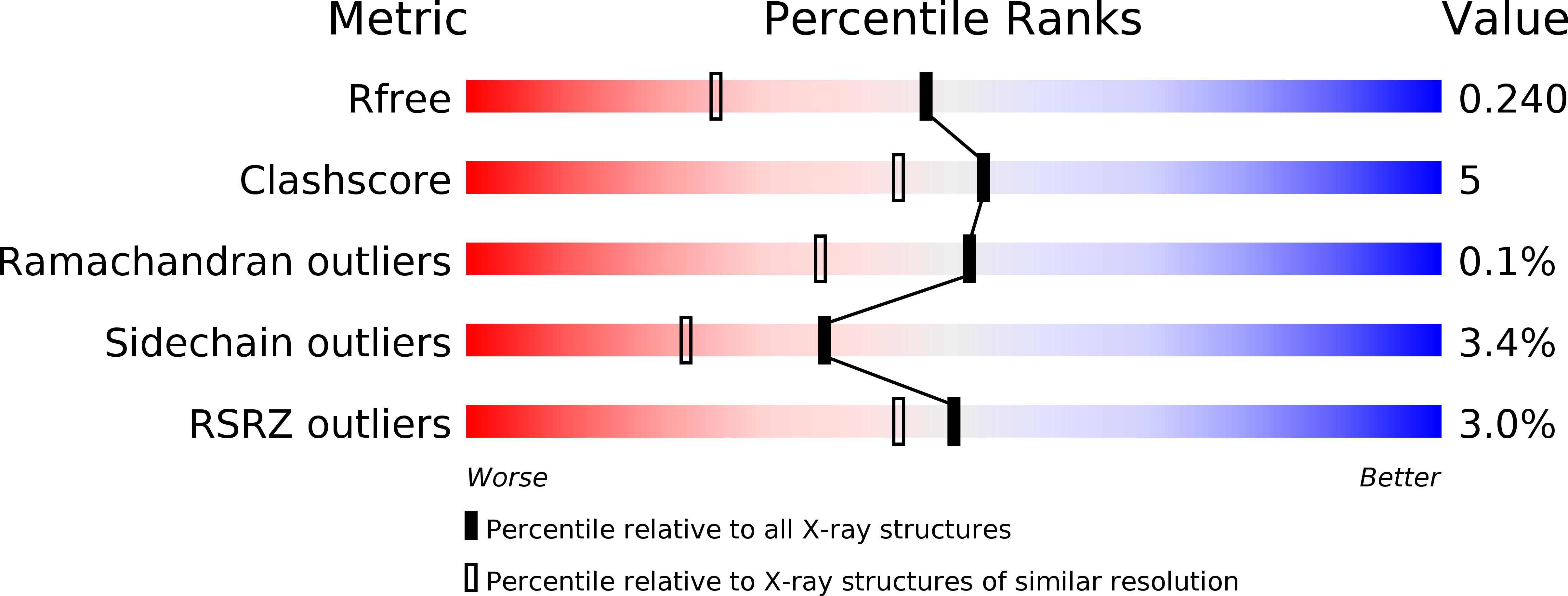
Deposition Date
2007-01-08
Release Date
2007-09-25
Last Version Date
2023-12-27
Entry Detail
PDB ID:
2OGR
Keywords:
Title:
Crystal Structure of Yellow Fluorescent Protein from Zoanthus sp. at 1.8 A Resolution
Biological Source:
Source Organism:
Zoanthus sp. (Taxon ID: 105402)
Host Organism:
Method Details:
Experimental Method:
Resolution:
1.80 Å
R-Value Free:
0.24
R-Value Work:
0.18
R-Value Observed:
0.18
Space Group:
P 21 21 21


